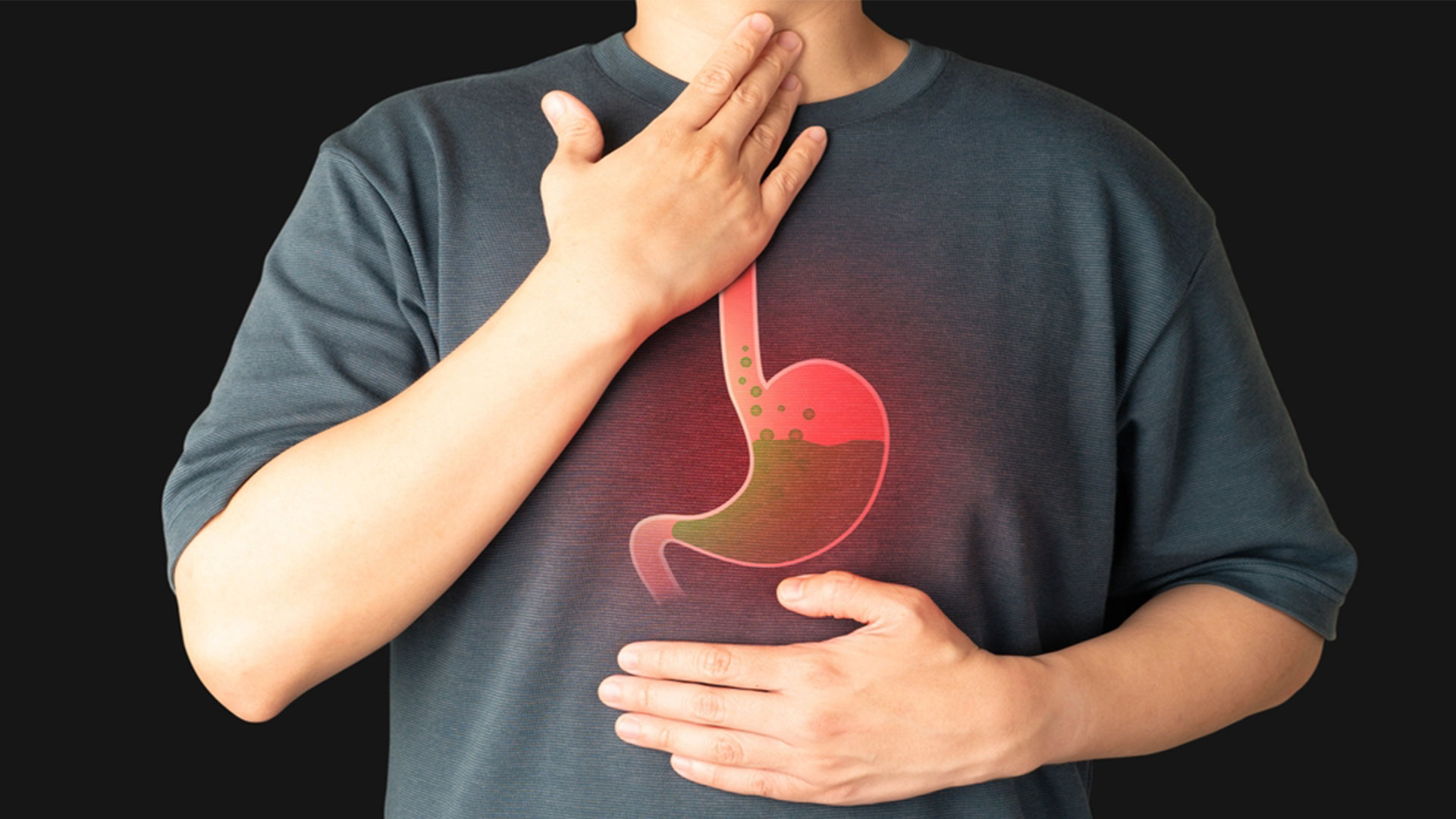Articles

Relationship Between Nutrition and Gastroesophageal Reflux Disease (GERD)
Definition of GERD:
Gastroesophageal Reflux Disease (GERD) is a chronic condition where stomach acid and other contents reflux into the esophagus, causing irritation to its lining. The esophagus is the tube that carries food from the mouth to the stomach. GERD often leads to heartburn and other uncomfortable symptoms.
Causes of GERD
The primary cause of GERD is the weakening or relaxation of the lower esophageal sphincter (LES), the muscle at the base of the esophagus that acts as a valve to prevent stomach contents from refluxing.
Factors contributing to LES dysfunction include:
- Obesity: Increases abdominal pressure, promoting acid reflux.
- Pregnancy: Hormonal changes and increased abdominal pressure can cause reflux.
- Smoking: Impairs LES function and increases stomach acid secretion.
- Medications: Such as NSAIDs, which irritate the esophagus and affect the LES.
- Hiatal Hernia: A condition where part of the stomach pushes through the diaphragm into the chest, facilitating reflux.
Symptoms of GERD
Symptoms of GERD can vary in severity and include:
- Heartburn: A burning sensation in the chest, often after meals or when lying down.
- Acid Reflux: A sour taste in the mouth or throat.
- Difficulty Swallowing (Dysphagia): A sensation of food being stuck in the throat.
- Dry Cough: Especially at night.
- Hoarseness: Due to acid irritating the vocal cords.
Complications of GERD
If untreated, GERD can lead to severe complications such as:
- Esophagitis: Persistent irritation of the esophagus leading to inflammation.
- Esophageal Stricture: Chronic inflammation causing scarring and narrowing of the esophagus.
- Barrett’s Esophagus: Changes in the esophageal lining cells, increasing the risk of esophageal cancer.
Diagnosis of GERD
Diagnosis is based on symptoms and may require medical tests, such as:
- Endoscopy: To visualize the esophagus and check for inflammation or abnormalities.
- pH Monitoring: Measures acid levels in the esophagus.
- Barium Swallow: X-ray imaging to examine the shape of the esophagus and stomach.
Role of Nutrition in Managing GERD
Foods that Aggravate GERD Symptoms:
- Fatty and Fried Foods: Slow digestion and increase abdominal pressure.
- Chocolate: Contains caffeine and theobromine, which relax the LES.
- Carbonated Beverages: Increase stomach pressure, promoting acid reflux.
- Spicy Foods: Irritate the esophageal lining.
- Citrus and Tomatoes: High in acid, which can irritate the esophagus.
Foods that May Alleviate Symptoms:
- High-Fiber Foods: Vegetables, fruits, and whole grains support digestion and reduce abdominal pressure.
- Low-Acidity Foods: Bananas, melons, and cucumbers are soothing.
- Ginger: Has anti-inflammatory properties that can reduce heartburn and nausea.
- Lean Proteins: Chicken and fish are better alternatives to fatty meats.
Nutritional Strategies for GERD Management
- Eat Small, Frequent Meals: Avoid large meals to reduce stomach pressure and acid production.
- Avoid Eating Before Bedtime: Allow at least 2-3 hours for digestion before lying down.
- Maintain a Healthy Weight: Reducing excess weight can decrease abdominal pressure.
- Drink Water: Helps dilute stomach acid and flush it from the esophagus.
Conclusion
Nutrition plays a pivotal role in managing GERD symptoms. Avoiding trigger foods, adopting healthy eating habits, and maintaining a balanced diet can significantly improve symptoms and overall quality of life. By making informed dietary choices and incorporating strategic eating practices, individuals with GERD can manage their condition effectively and live a more comfortable, healthy life.
References
- Kahrilas, P. J. (2008). Gastroesophageal Reflux Disease. New England Journal of Medicine, 359(16), 1700-1707. doi:10.1056/NEJMcp0804684
- El-Serag, H. B., Sweet, S., Winchester, C. C., & Dent, J. (2014). Update on the epidemiology of gastro-oesophageal reflux disease: a systematic review. Gut, 63(6), 871-880. doi:10.1136/gutjnl-2012-304269
- Katz, P. O., Gerson, L. B., & Vela, M. F. (2013). Guidelines for the diagnosis and management of gastroesophageal reflux disease. The American Journal of Gastroenterology, 108(3), 308-328. doi:10.1038/ajg.2012.444
